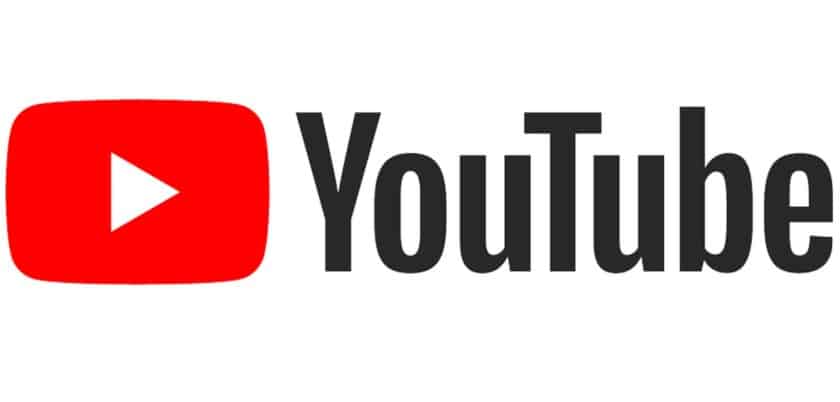The Federal Circuit has affirmed a finding by the Patent Trial and Appeal Board (PTAB) that a patent for a method for identifying media linked over the internet was valid.
The patent is U.S. Patent No. 8904464, a Method for Tagging an Electronic Media Work to Perform an Action, and it was issued to Network-1 in December of 2012.
Network-1 sued Google and Google-owned YouTube for infringement of the patent in December of 2014.
Network-1 claimed that YouTube’s Content ID system infringed upon the claims of the patent.
The Content ID system contains reference files used to correlate video content with associated tags.
Google asserted that that patent was invalid for reasons that included obviousness and indefiniteness and sought a covered business method (CBM) review.
The PTAB found that Google had failed to show that any of the claims of the patent were unpatentable.
The Federal Circuit, in a very brief non-precedential opinion, found that substantial evidence supported the PTAB’s construction of the phrase “machine-readable instructions”:
In the decision, the Board ruled that claims 1–34 of the ’464 Patent were not proven unpatentable. In so ruling, the Board considered the proper construction of the term “machine-readable instructions,” which is recited in all claims. Based on the evidence and arguments provided by the parties, the Board concluded that “machine-readable instructions” would have been understood as “code or pseudocode that is executable by a computer processor.”
The court was also not persuaded by Google’s argument that extrinsic evidence contracted the PTAB’s conclusion.
The case is Google LLC v. Network-1 Technologies, Inc,
To receive poetic updates on IP law, sign up for our monthly collection of patent haikus and news here:


